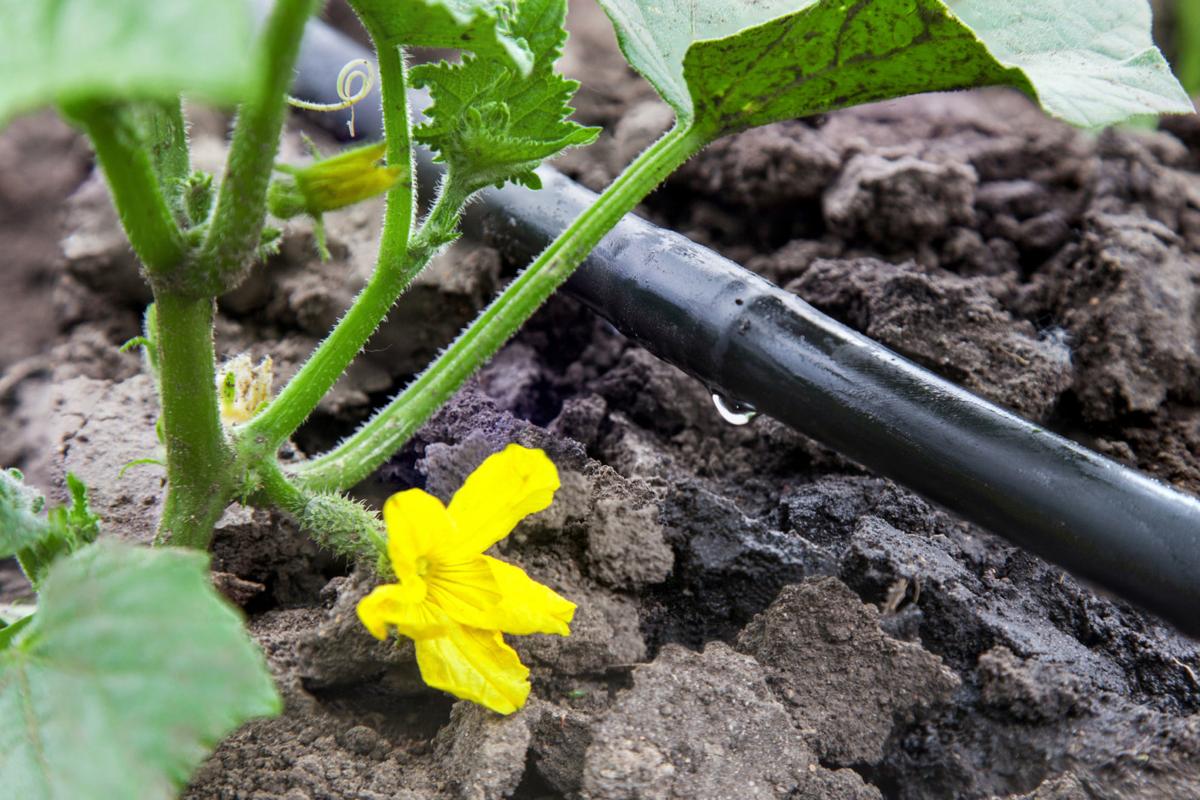Question: Is now a good time to update my landscape?
Answer: Late spring is the perfect time to take a good look at the overall landscape in your yard. The weather is warm, and the plants should be at their best. Take a look around. Are your plants beautiful and healthy or are they looking a little worn? Is it time to update the look of your yard? Has it become too dense or are there empty emitters where plants have died and not been replaced? Also, changes in lifestyle can create a desire to change things up a bit. Maybe your kids will soon be teenagers or maybe you are empty nesters and you would like to spend more time in the garden.
Q: Where should I start?
A: Start with an assessment of your existing irrigation system.
Irrigation is the bones of a healthy landscape. It is vital to perform an audit on the existing irrigation system. To perform a thorough audit:
- Check the performance of the valves, filters, regulators and control system.
- Identify the quality of the system components including mainlines and all drip/sprinkler hardware.
- Determine the age of the system and the frequency of repairs.
- Test the irrigation clock to ensure that it is programmed correctly and set for the proper season to match plant needs with seasonal watering requirements.
Q: My system is requiring a lot of repairs and maintenance. How do I know when to replace it?
A: Frequent repairs are an indication that your system is aging. Typical poly systems (old big box store material) generally only last about six to eight years. Fixing one problem area can lead to the blow out of the next weaker spot causing a domino effect. This generally occurs within close proximity to prior repairs.
Q: Should I replace it with the same type of system?
A: There have been lots of improvements to irrigation systems. The best system for your home might be pop-up sprinklers or drip systems or a combination of both depending on your plants and the type of soil you have. Quality products can be found at your local irrigation store:
- Pop-up heads — Older pop-up heads can waste as much as 30% of the water they distribute. The fine spray they emit can easily be blown away. New pop-up heads are 30% more efficient. Instead of the water coming out in a fine mist, the new units deliver the water in droplets at half of the typical rate of a traditional head. The water is easily directed and less likely to be caught by a breeze. Further, water has a greater chance of saturation prior to run off.
- Drip lines — The emitters at the end of a drip line tend to calcify and clog the line. New drip line technology has inline emitters and is self-cleaning. No more clogged lines and less stress on your plants. It is also a more efficient method of watering your plants/trees to allow water to penetrate the soil more effectively.
- Irrigation clocks — The thought of programming an irrigation clock can make most of us sweat! Each station has to be programmed to provide the right amount of water for the right amount of time for each season. To make life easier check out the Hydrawise by Hunter. This Wi-Fi compatible system gives access to the system wherever you are (provided there is internet service) allowing you to make necessary adjustments. Alerts can let the homeowner know there is a leak or send reminders to change the settings for the change of season. These systems are especially handy if you use a landscape maintenance company. They can take care of seasonal changes without even coming to the house and they can respond to an irrigation issue when alerted.





